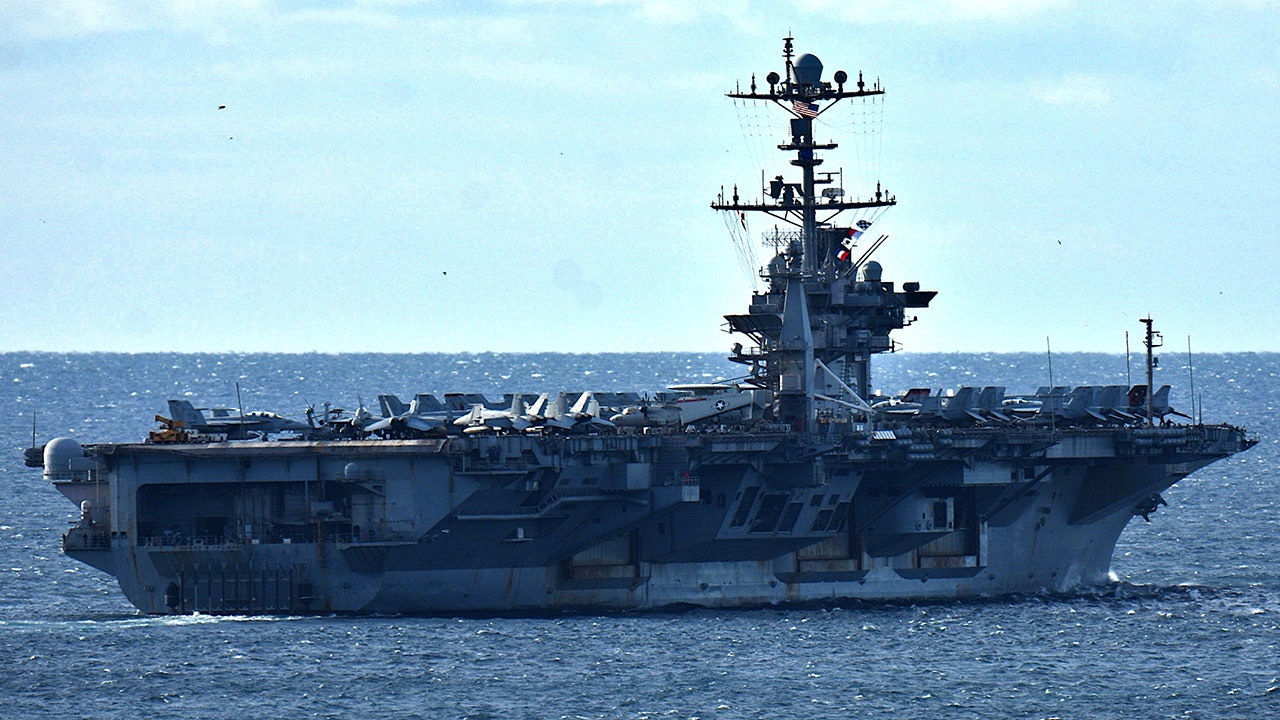Author: Benjamin Katzeff Silberstein, Swedish Institute for Foreign Affairs
At the beginning of 2022, North Korea’s strategic position looked bleak. The regime clung to its zero-COVID claim, leading to an almost total closure of the border with China and bringing trade to record lows.
There were strong indications that China was easing up on enforcing the UN sanctions that ban it from importing North Korean coal, as well as the sanctions that prevent it from exporting oil products to North Korea. But none of this was happening fast enough for it to be economically meaningful to North Korea.
As we enter 2023, North Korea faces a very different landscape — one of opportunities for economic gain without much sacrifice. Tensions between China and the United States and its allies have reached heights unprecedented since US President Richard Nixon’s visit to China in 1972.
Most significantly, Russia’s unprovoked assault on Ukraine has polarised the world faster and more resolutely than seemed possible in late 2021. In the long run, this development will likely help North Korea avoid having to choose between possessing nuclear weapons and achieving some level of economic development.
North Korea’s political system has largely adapted to survive in the international cold, with no real friends or partners, arguably aside from China. But the international cold is beginning to warm as more countries join it.
Both Russia and China have sought to maintain some sense of cooperation with the international system when it comes to North Korea — agreeing to sanctions against the country in the UN Security Council and pledging to enforce them. Actual enforcement by both countries has always been questionable, but both have wanted to be seen to be making sufficient efforts — not least to calm US reactions to North Korean weapons tests.
At the same time, both China and Russia — previously ambivalent about their closeness to North Korea — have embraced Pyongyang much more openly. Russian officials have spoken frankly about inviting more North Korean workers to the country, in violation of UN sanctions, and some have called for Russia to stop enforcing the sanctions altogether.
All this ties in closely with North Korea’s current economic policy plans. We may never know what sort of economic system North Korean leader Kim Jong-un envisioned in the beginning of his tenure, when experimental reforms in agriculture and decentralisation of enterprise management were on top of the agenda.
Whatever the case, it seems the regime has made a calculated decision to double down on its long-standing ways of making foreign currency — exporting goods and labour to China and Russia. State control is particularly strong within these forms of trade and the regime is further increasing its control. Stronger ties with China and Russia will enable the regime to increase its foreign currency income while avoiding potentially risky experiments in economic policy.
In 2023, North Korea finds itself moving toward the future by going back to its roots and securing its place among old allies. With Russia and China far less likely to work with the United States and South Korea and Japan less inclined to sanction and prevent North Korean weapons tests, North Korea will be able to further perfect its technology by testing missiles and nuclear weapons without the risk of new sanctions.
Trade with China will likely move toward pre-COVID-19 levels, perhaps even surpassing them, as China’s demand for cheap coal increases. More North Korean workers will likely be sent to Russian-controlled territories, whether Russia proper or occupied eastern Ukraine.
Closer ties with Russia can also serve North Korea’s long-standing goal of diversifying away from China, its primary economic partner. But increased trade with Russia comes with limits and it is unclear what Russia would want to import from North Korea in any meaningful quantities. These changes will not transform the North Korean economy. Although the North Korean economy will likely begin to rebound in 2023, it remains unclear how much it will improve in the short run. Most ordinary North Koreans may not see much change in their immediate economic circumstances during the year. Judging by Kim Jong-un’s plenary address at the beginning of the year, which highlighted many economic difficulties and celebrated few successes, the regime’s own economic outlook for the year remains bleak.
Even when the North Korean economy does move closer to its pre-COVID-19 state, any significant growth beyond this level remains unlikely. For the time being, North Korea has relatively little beyond its natural resources, labour force and limited exports to Russia and China. The areas and industries that will benefit the most from any increased trade are the ones where the state still dominates and will do so even more as Kim Jong-un tightens the state’s grip over the economy.
But the North Korean leadership believes that, at least for now, social stability only requires keeping the economy afloat, not serving up serious growth. A middle class growing too wealthy may even pose a political threat. Aligning itself fully and closely with China and Russia is a much safer option than an unclear alternative path.
Benjamin Katzeff Silberstein is Associate Fellow at the Swedish Institute for Foreign Affairs and a postdoctoral fellow at the Safra Center for Ethics at Tel Aviv University.
This article is part of an EAF special feature series on 2022 in review and the year ahead.




















Discussion about this post